![]()
![]()
![]()
Use LEFT and RIGHT arrow keys to navigate between flashcards;
Use UP and DOWN arrow keys to flip the card;
H to show hint;
A reads text to speech;
35 Cards in this Set
- Front
- Back
|
What is the shape of an erythrocyte? |

|
|
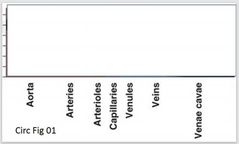
Sketch the pattern of change in blood pressure across the circulatory network? |
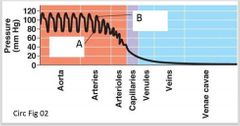
|
|
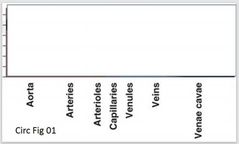
Sketch the pattern of change in total cross sectional area across the circulatory network. |
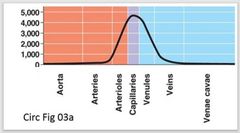
|
|
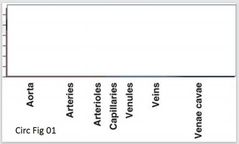
Sketch the pattern of change in blood velocity across the circulatory network |
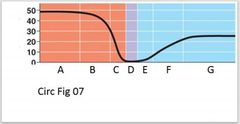
|
|
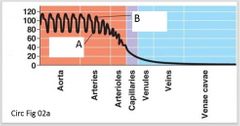
What does the vertical "Y" axis of this figure represent? |
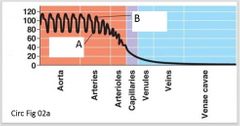
The vertical axis of this figure represents blood pressure |
|
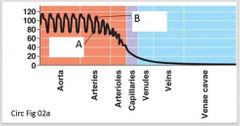
What does A represent in this figure? |
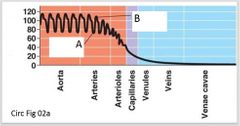
A represents diastolic pressure. |
|
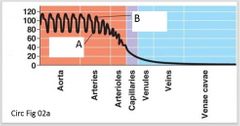
What does B represent in this figure? |
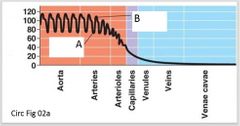
B represents systolic pressure |
|

What does the vertical "Y" axis of this figure represent? |
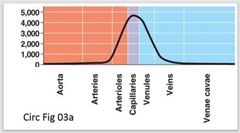
Ther vertical axis of this figure represent cross-sectional area of the blood vessels. |
|
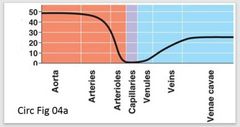
What does the vertical "Y" axis of this figure represent? |
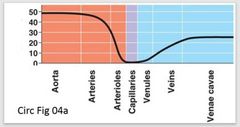
The vertical axis of this figure represents blood velocity |
|
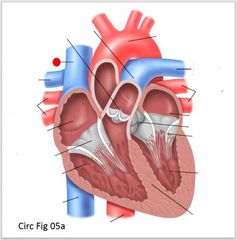
Identify the structure indicated by the red dot. |
Superior Vena Cava |
|
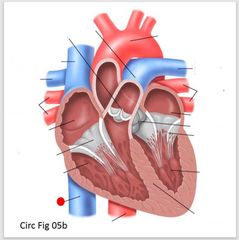
Identify the structure indicated by the red dot. |
Inferior Vena Cava |
|
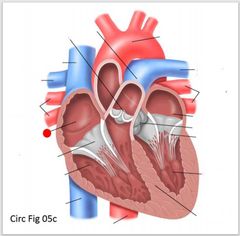
Identify the structure indicated by the red dot. |
Right Atrium |
|

Identify the structure indicated by the red dot. |
Right Atrioventricular Valve |
|
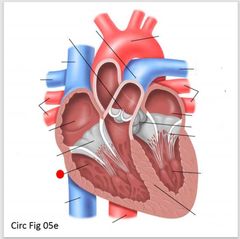
Identify the structure indicated by the red dot. |
Right Ventricle. |
|
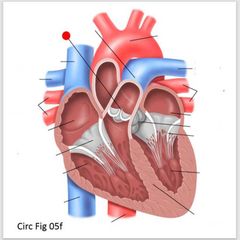
Identify the structure indicated by the red dot. |
Right (or pulmonary) Semilunar Valve |
|
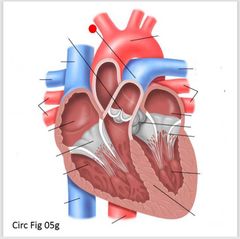
Identify the structure indicated by the red dot. |
Pulmonary Artery |
|
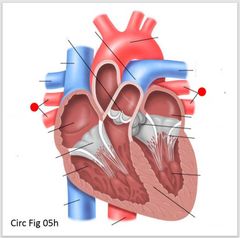
Identify the structure indicated by the red dot. |
Pulmonary Veins |
|
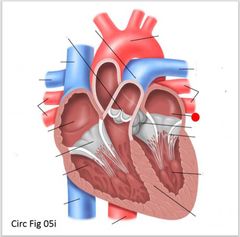
Identify the structure indicated by the red dot. |
Left Atrium |
|
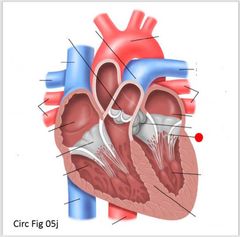
Identify the structure indicated by the red dot. |
Left Atrioventricular Valve |
|
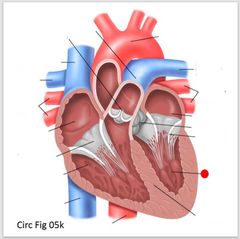
Identify the structure indicated by the red dot. |
Left Ventricle |
|
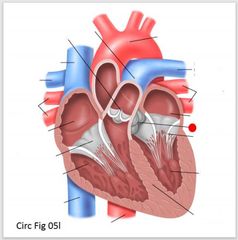
Identify the structure indicated by the red dot. |
Left (or aortic) Semilunar Valve |
|

Identify the structure indicated by the red dot. |
Aorta |
|
|
Sketch and label a basic EKG. |
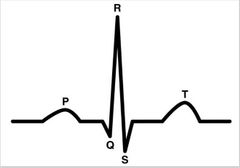
|
|
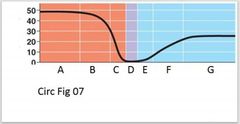
On this figure of a fundamental property of the circulatory system, what does A represent? |
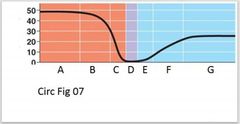
A represents the Aorta (artery near the heart). |
|
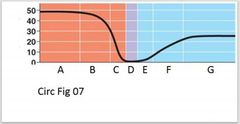
On this figure of a fundamental property of the circulatory system, what does B represent? |
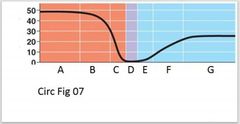
B represents Arteries. |
|
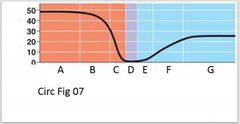
On this figure of a fundamental property of the circulatory system, what does C represent? |
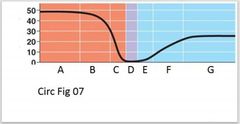
C represents arterioles. |
|

On this figure of a fundamental property of the circulatory system, what does D represent? |

D represents capillaries. |
|

On this figure of a fundamental property of the circulatory system, what does E represent? |
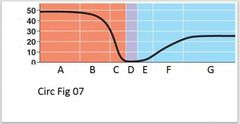
E represents venules. |
|
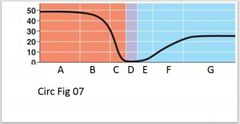
On this figure of a fundamental property of the circulatory system, what does F represent? |

F represents veins. |
|
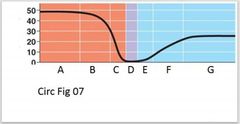
On this figure of a fundamental property of the circulatory system, what does G represent? |
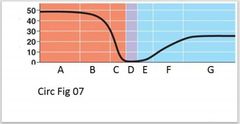
G represents Vena Cavae (large veins near heart). |
|

In this figure, what does A represent? |
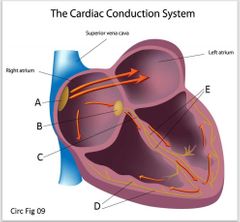
A represents the Sinoatrial (SA) node, or pacemaker. |
|
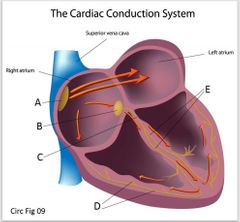
In this figure, what does B represent? |
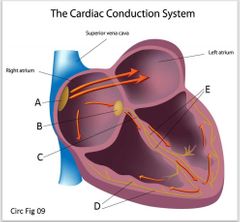
B represents the Atrioventricular (AV) node. |
|

In this figure, what does C represent? |
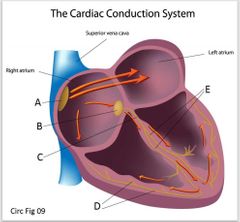
C represents the Atrioventricular Bundle, or bundle of His. |
|

In this figure, what does D represent? |
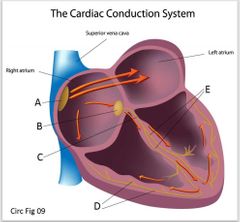
D represents the Purkinje fibers. |
|
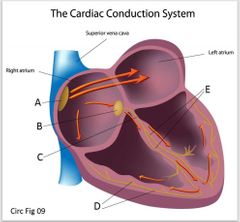
In this figure, what does E represent? |
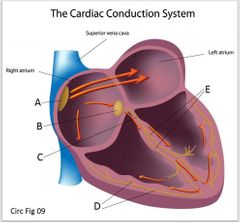
E represents the bundle branches (left & right). |

